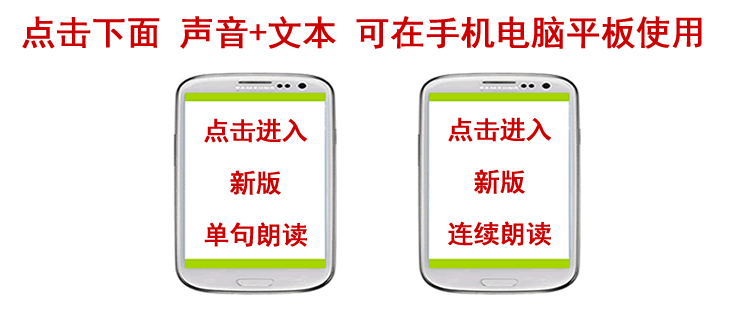美语发音技巧第 7 课:冠词“a” Welcome to Daily Tips on Learning English. Today's tip is on using or omitting the English article “a” correctly.
There's no single rule that explains how to choose whether you should use “a”, use “the” or not use any article at all. Sometimes there's only one correct choice, and in other cases, different choices change the meaning of the sentence.
Today let's discuss the most frequently occurring differences between using the article “a” and using no article. All English nouns can be divided into 2 classes: those that are countable and those that are uncountable.
It is the meaning of a noun as it is used in a sentence which determines whether it is countable or uncountable. For instance, in the sentence “She has long hair.”, “hair” is uncountable. But in the sentence “There's a hair in my soup.”,” hair” is countable.
This can create some interesting mistakes. For example, “I like a dog” does not mean 我喜欢狗, that should be “I like dogs.” If you say “I like dog”, that means you like to eat dog meat. If you say “I ate a hamburger”, that means 我吃了一个汉堡, but if you say “I ate hamburger”, that means you ate raw ground beef.
If you say “I ate a cake', that means you ate a whole cake, which is very unlikely. You should have said, “I ate cake”, then it means you ate some cake.
Notice how the use of the article “a” means that the noun it precedes is countable, and therefore you're talking about a whole one, an entire one. If you omit the article “a”, then it means that you can't count the noun it precedes, and therefore you are talking about a piece or a quantity or something.
So remember to pay careful attention to whether nouns are being used to a countable or uncountable meaning, and be sure to use or omit the article “a” accordingly.

